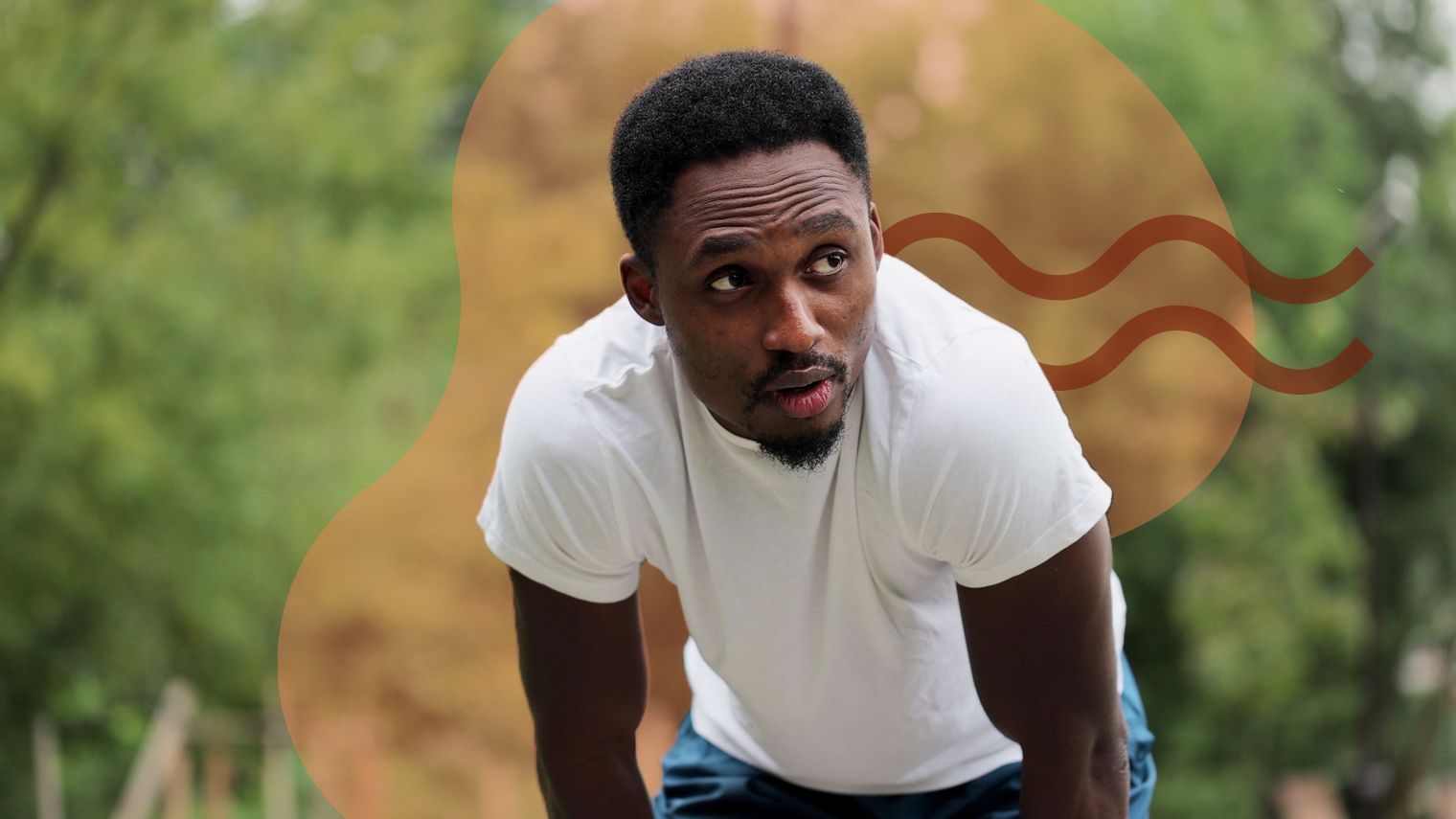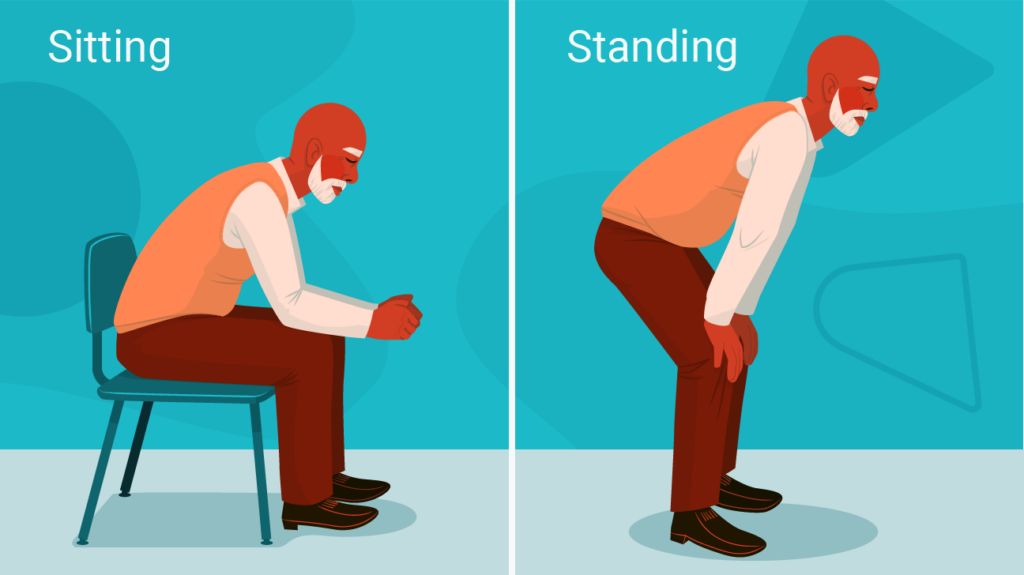What Is the Tripod Position and How Does It Help COPD?
August 01, 2023
Content created for the Bezzy community and sponsored by our partners. Learn More

Myndziak Video
In the tripod position, your diaphragm muscles work better to help you breathe. Many people with COPD use the tripod position when they’re feeling out of breath.
The tripod position is a way of sitting or standing while leaning forward that can help you breathe better.
Also known as the orthopneic position, breathing becomes less work by allowing your chest to expand more and improving your ability to use other muscles for breathing.
In a 2004 study, more than 80% of people with chronic obstructive pulmonary disease (COPD) breathed better when they leaned forward to relieve feeling out of breath, compared with sitting up straight or lying down.


What is the tripod position?
The tripod position is when you lean forward and support your body with your arms out in front of you.
There are a few ways you can do it. You can be sitting or standing and use your forearms or hands to brace your body against either your thighs, knees, or a surface in front of you.
How to do the tripod position
Here are a few variations of the tripod position you can try:
- Sitting tripod position, leaning on hands: Sit down in an upright office or dining chair, not a reclining or lounge chair. Place your feet on the floor about shoulder-width apart. Lean forward and brace your hands on your thighs just above your knees.
- Sitting tripod position, leaning on forearms: In the sitting position described above, try putting your forearms (instead of your hands) on your thighs. This may lean you farther forward.
- Sitting tripod position, leaning on pillows: In the sitting position described above, stack two or three pillows on your lap. Lean onto them with your forearms, creating a triangle with your forearms in front of you.
- Standing tripod position: Find a surface that’s about as tall as your waist. Stand beside it and brace your hands or forearms against it and lean forward.
You can experiment with different versions of the tripod position to see what works for you. Just be sure to maintain a forward-leaning posture and keep your back straight.

How does the tripod position help with breathing in people with COPD?
A 2020 case study describes the tripod position as putting the diaphragm in a “piston-like” configuration that can help you breathe in when you’re feeling breathless.
A 2018 study investigated how a group of 35 healthy volunteers used their bodies differently in an upright position versus leaning forward and supporting their trunk with their arms — i.e., the tripod position.
The researchers found that breathing in the tripod position increased the expansion of the chest, which they believe was due to the increased activity of accessory breathing muscles called the sternocleidomastoideus and scalenus, located on the sides and front of the neck.
The position improves the shape of the diaphragm muscle, helping it contract better. When you’re leaning forward, the movement of the diaphragm can move the chest wall to increase the amount of air that can enter your lungs.
Tripod breathing also decreased the activity of participants’ abdominal muscles, which allowed them to extend their belly out further while breathing.
This may also be helpful since some people use belly breathing, also known as diaphragmatic breathing, to help improve breathing in COPD.
The researchers also suggest that using your arms for support can help reduce energy expenditure, which may help reduce your need for oxygen. So that may help if you’re feeling out of breath.
In a small 2019 study, blood oxygen levels went up and the feeling of chest tightness decreased after participants with COPD used the tripod position.
They found the tripod position to be especially effective when used alongside the Active Cycle of Breathing Techniques (ACBT) — breathing exercises that help clear sputum from the airways.
What is Dahl’s sign?
When a person assumes the tripod position often, they may develop thickened, dark spots on the skin on the tops of their thighs, on their elbows, or both. This is called Dahl’s sign, also known as Thinker’s sign.
Dahl’s sign is a response of the skin to frequent pressure or friction. It is not harmful in itself.
It’s one sign of severe respiratory issues that healthcare professionals look for, and it may happen in people with COPD if you use the tripod position frequently.
Takeaway
Leaning forward is something people often do naturally when they’re feeling out of breath. The tripod position is one way of doing this leaning forward position.
The tripod position helps your diaphragm work optimally, reduces the work it takes to breathe, and helps increase how much you can breathe in, among other benefits.
There are several variations of the tripod position, so you can experiment to find out which works best for you.
Medically reviewed on August 01, 2023
8 Sources


Like the story? React, bookmark, or share below:
Have thoughts or suggestions about this article? Email us at article-feedback@bezzy.com.